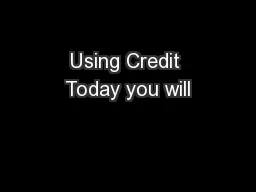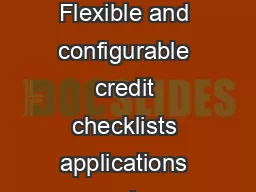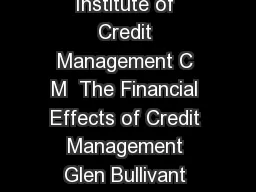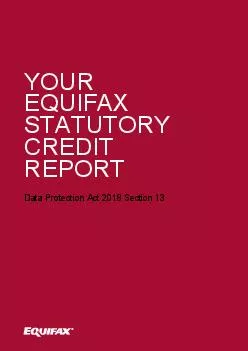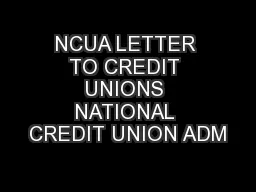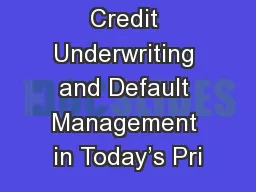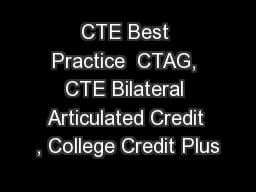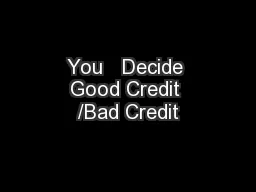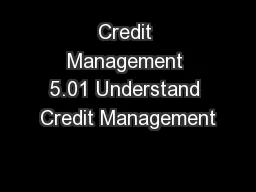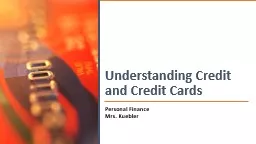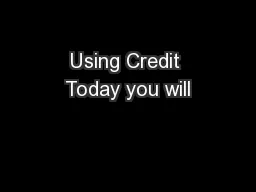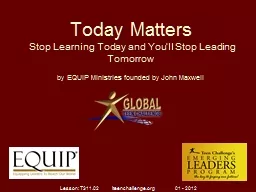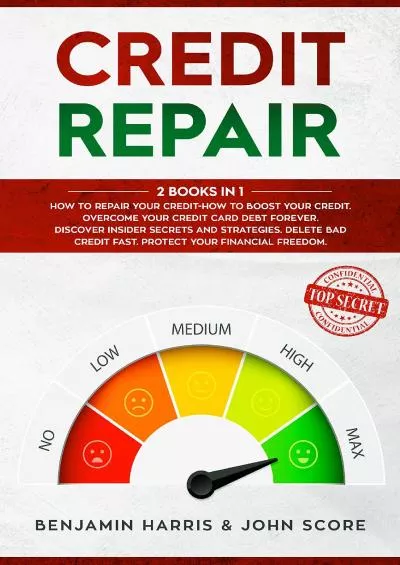PPT-Using Credit Today you will
Author : celsa-spraggs | Published Date : 2018-09-19
examine Reasons why people use credit 1 2012 National Endowment for Financial Education Lesson 21 Using Credit Good or Bad When is it OK to borrow money When is
Presentation Embed Code
Download Presentation
Download Presentation The PPT/PDF document "Using Credit Today you will" is the property of its rightful owner. Permission is granted to download and print the materials on this website for personal, non-commercial use only, and to display it on your personal computer provided you do not modify the materials and that you retain all copyright notices contained in the materials. By downloading content from our website, you accept the terms of this agreement.
Using Credit Today you will: Transcript
Download Rules Of Document
"Using Credit Today you will"The content belongs to its owner. You may download and print it for personal use, without modification, and keep all copyright notices. By downloading, you agree to these terms.
Related Documents

